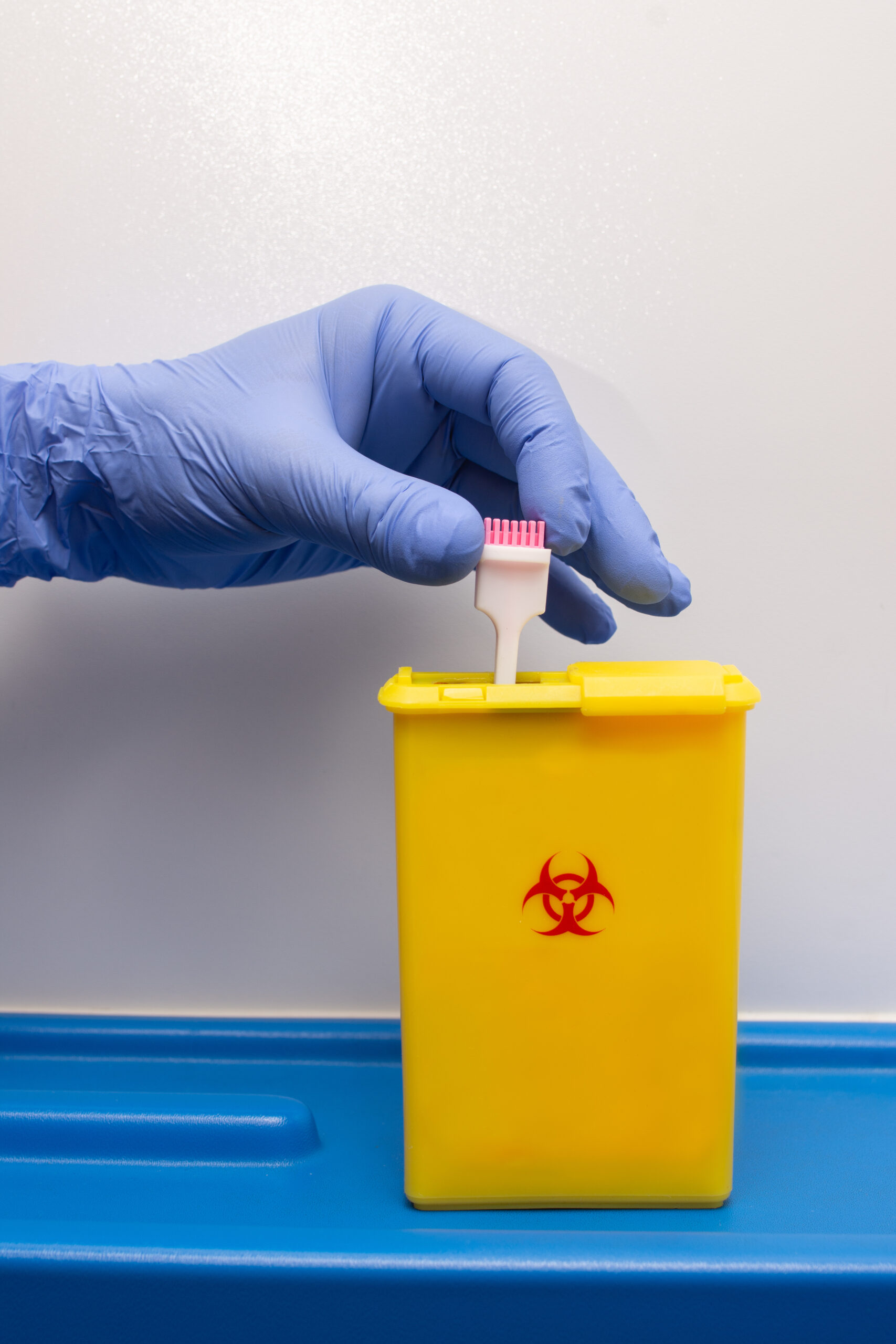Doctors at the frontline of the COVID-19 pandemic are noticing a startling trend in some patients—a condition known as "silent hypoxia."
These patients don't appear to be in any respiratory distress. Often they're able to walk, talk, and interact as if nothing is wrong.
And yet, when doctors test their oxygen levels, the results are astounding. A patient who should be incoherent or in shock from low oxygen levels is instead functional and alert.
What's behind this strange dichotomy? What's the link between coronavirus and hypoxia? And what can you do to monitor your or your patients' oxygen levels and ensure no one is suffering from this silent condition?
Read on for the answers to these important questions.
Hypoxia & Hypoxemia 101
Before we discuss COVID-19, let's first define hypoxia and a related condition, hypoxemia. When there's not enough oxygen in your blood, it's known as hypoxemia. Prolonged hypoxemia can lead to hypoxia, where there's not enough oxygen in your blood to supply your body's tissues. Medical professionals sometimes use the terms interchangeably, but they both stem from the same problem: low oxygen levels. Without enough oxygen, your brain, heart, liver, and other organs can suffer damage within minutes. Normal blood oxygen levels are 95% or higher. Anything below is 90% is considered "low" and may create mental symptoms like confusion or lethargy. If oxygen levels drop below 80%, damage to vital organs can occur. Common symptoms of hypoxia include:- Skin discoloration
- Rapid (or, in some cases, slow) heart rate
- Rapid breathing
- Shortness of breath
- Coughing
- Wheezing
- Confusion or "brain fog"
What Is Silent Hypoxia?
The most common setting for "silent" hypoxia is when a pilot or climber ascends to a very high altitude. In fact, pilots often train in hypobaric (low oxygen) chambers to better recognize the subtlety of silent hypoxia. As elevation increases and the atmospheric pressure drops, fewer oxygen molecules are available. The result is rapid breathing, which expels the excess carbon dioxide that would normally alert the body to a problem. The low carbon dioxide levels from rapid breathing create a stronger bond between oxygen molecules and hemoglobin, the protein that transports oxygen inside red blood cells. This means that more oxygen can reach the tissues that need it most, as long as a strong heartbeat continues. Prolonged silent hypoxia can strain the heart and other vital organs. It's especially dangerous for pilots, who have been known to fall unconscious if there's a rapid change in air pressure.COVID-19 & Hypoxia
So, what's the link between hypoxia and the coronavirus? Many ER doctors have noticed this same pattern in COVID-19 patients. They may show up at the hospital with low oxygen levels (in the high 70s or low 80s), which would normally put the body into shock. Instead, the patients appear comfortable and alert, perhaps only slightly short of breath. In the early stages of COVID-19, many patients’ lungs remain elastic and they can breathe freely in and out. But as their oxygen levels start to decline, their breathing rate slowly increases to compensate, which blows too much carbon dioxide out of the body. The result? A sneaky and silent onset of hypoxia. Most lung diseases involve problems with both oxygen absorption and carbon dioxide elimination. COVID-19 presents differently, robbing the body of oxygen without the usual buildup of carbon dioxide. More research is needed to understand this connection, but doctors have presented a few possible theories. One is that the increased surface tension in the lungs deflates the alveoli, but since they're not yet filled with fluid, they don't feel stiff. Even though the alveoli aren't oxygenation the blood properly, the patient doesn't feel the need to "gasp" for more air. Another theory is that the virus damages the blood vessels that lead to the lungs, disrupting the flow of oxygen between tissues. Still others suggest that circulation to the lungs might be hindered by the blood clots commonly seen in COVID-19 patients. Whatever the underlying cause, doctors can divide patients into two categories: those with low oxygen levels who are working hard to breathe, and those with low oxygen levels who can still breathe easily. Patients who aren't struggling to breathe often recover without being intubated. Meanwhile, hypoxic patients with rapid breathing and elevated heart rates generally require mechanical ventilators.How to Test for Low Oxygen Levels
So, let's bring the discussion back to you. As a medical professional or someone dealing with the virus at home, what should you know about hypoxia? Monitoring oxygen levels is a sure way to track the progression of the coronavirus. Dangerously low oxygen levels should be motivation to get yourself (or your patient) to the hospital before respiratory distress kicks in. A pulse oximeter or "pulse ox" is a simple but effective device that anyone can use to monitor oxygen levels. It quickly and accurately measures both oxygen levels and heart rate so you can be alert to the first signs of silent hypoxia. Simply slide it onto a fingertip and press the button. It painlessly sends infrared light into the capillaries of your finger and measures how much light reflects off the gases. These readings provide valuable (and potentially life-saving) insight into what's happening inside the body. If it isn't already, this device belongs in your disease prevention kit.Need to Buy a Pulse Oximeter?
Doctors are still racing to understand the link between COVID-19 and low oxygen levels. Hopefully new research will shed light on the connection and save precious lives in the near future. In the meantime, what if you or someone in your family develops symptoms of the virus? If you're a healthcare worker, how can you be on the lookout for a patient who may have silent hypoxia? Click here to purchase pulse oximeters for your home or clinic. We're here to ship the best medical and lab supplies right to your door.Recent Posts
-
 Yesenia05/23/2025
Yesenia05/23/2025Syringe Filters-Why They Matter in Laboratory Applications
-
 Yesenia05/15/2025
Yesenia05/15/2025Proper Disposal of Used Syringes and Needles: A Complete Guide
-








